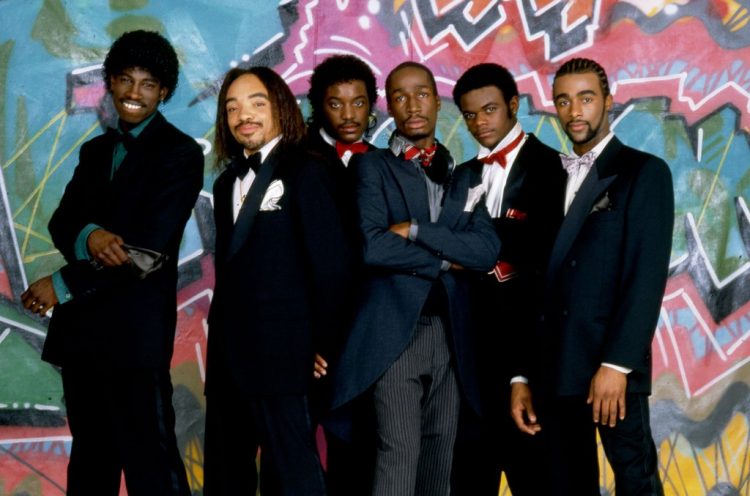Hip-hop is celebrating its fiftieth anniversary this yr, however how did it become what it’s at this time? And moreover, how did it change into the No. 1 most-consumed kind of music throughout the globe? The newest episode of Billboard Explains dives into the origins of the style.
To get to the core of rap music, one ought to begin in New York Metropolis. Within the Seventies, block events grew to become a staple for a number of communities all through town, and DJs began making fashionable dance breaks in music tracks by way of a twin turntable system and mixer with a view to hold events going. DJ Kool Herc formally established the style on Aug. 11, 1973, at his sister’s commencement get together within the Bronx; whereas mixing tracks on the spot, Herc would offer spoken phrase over that tracks that later developed into what rap is at this time.
Within the years following the beginning of the style, a golden age of hip-hop began to emerge — old-school greats like Grandmaster Flash and the Livid 5, LL Cool J and Run-DMC dominated the Eighties, in addition to Public Enemy, Salt-N-Pepa and Boogie Down Productions. The Nineteen Nineties noticed the rise of gangsta rap, with 2Pac representing the West Coast and The Infamous B.I.G. the East Coast. All through the 2000s to at this time, artists have used their affect to department out into entrepreneurial endeavors, self-releases and extra.
After the video, compensate for extra Billboard Explains movies and study how Beyoncé arrived at Renaissance, the evolution of lady teams, BBMAs, NFTs, SXSW, the magic of boy bands, American Music Awards, the Billboard Latin Music Awards, the Scorching 100 chart, how R&B/hip-hop grew to become the largest style within the U.S., how festivals e book their lineups, Billie Eilish’s method for achievement, the historical past of rap battles, nonbinary consciousness in music, the Billboard Music Awards, the Free Britney motion, rise of Ok-pop within the U.S., why Taylor Swift is re-recording her first six albums, the growth of hit all-female collaborations, how Grammy nominees and winners are chosen, why songwriters are promoting their publishing catalogs, how the Tremendous Bowl halftime present is booked and why Olivia Rodrigo’s “Drivers License” was capable of shoot to No. 1 on the Scorching 100.




